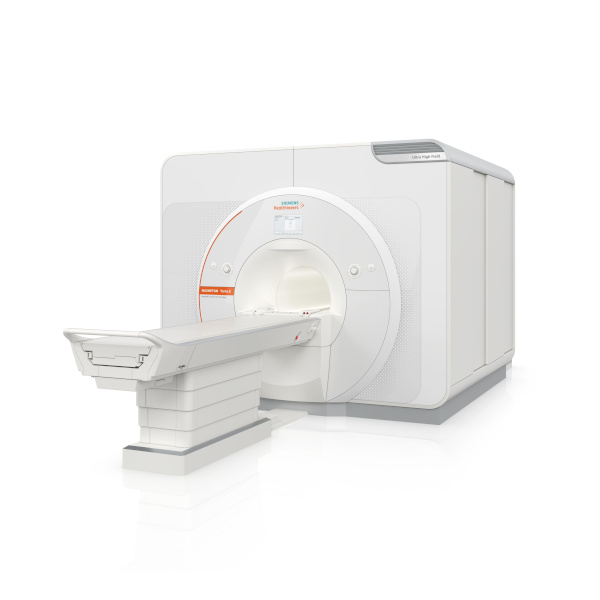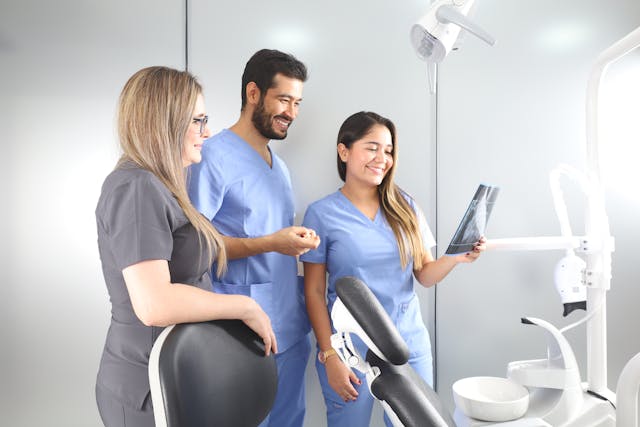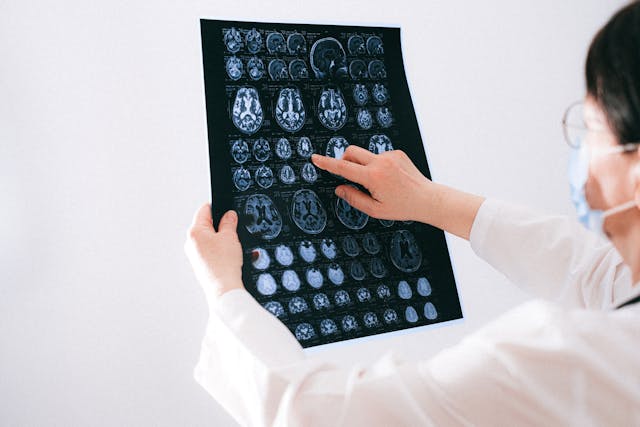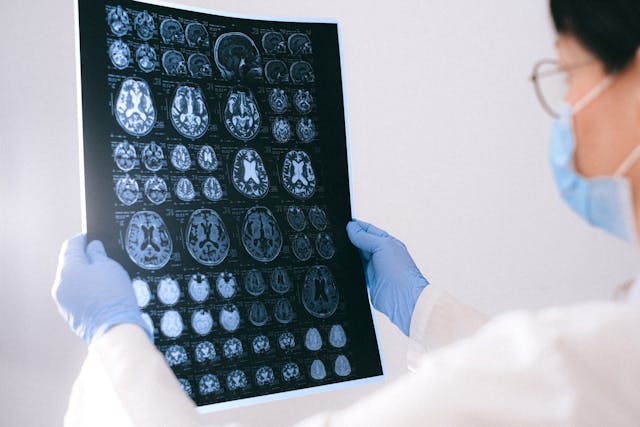Mobile radiology companies play a vital role in modern healthcare by bringing diagnostic imaging services directly to patients, whether at home, in nursing facilities, or at remote medical clinics. These mobile units provide convenient access to critical medical tests, often eliminating the need for patients to travel to traditional imaging centers. The U.S. mobile imaging services market was valued at approximately USD 5.3 billion in 2022 and is expected to continue growing significantly.
However, to ensure accurate and timely diagnosis, mobile radiology companies frequently rely on teleradiology services for expert interpretation and analysis of imaging studies. This partnership between mobile radiology and teleradiology companies not only enhances diagnostic capabilities but also streamlines operational efficiency, ensuring that patients receive prompt and reliable medical care. We will explore the benefits of such collaborations, highlighting how they contribute to improved patient outcomes and service delivery in healthcare settings.
Teleradiology offers several benefits to mobile radiology companies, enhancing their operational efficiency and service delivery.
Here are some key benefits supported by studies and industry insights:
Increased Accessibility and Flexibility: Teleradiology enables radiologists to remotely interpret images from various locations, including mobile units and remote sites. This flexibility improves access to radiological expertise, particularly in underserved or remote areas.
Improved Turnaround Times: Studies indicate that teleradiology can significantly reduce turnaround times for reporting and diagnosis. Rapid transmission of images and prompt reporting enhance patient care by accelerating diagnosis and treatment decisions.
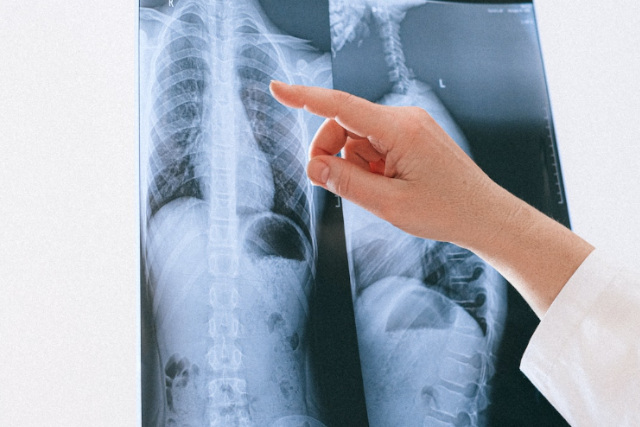
Cost Efficiency: Mobile radiology companies can achieve cost savings through teleradiology by optimizing resource allocation and reducing the need for onsite radiologists. This model minimizes operational expenses while maintaining quality and accessibility.
Scalability and Service Expansion: Teleradiology supports scalability for mobile radiology services, allowing companies to expand their geographic reach and service offerings without geographical constraints. This scalability facilitates broader healthcare access and patient outcomes.
Quality Assurance and Collaboration: Remote consultations and second opinions facilitated by teleradiology promote collaboration among radiologists. This enhances diagnostic accuracy, reduces errors, and ensures quality assurance through peer review and consultations.
Vesta Teleradiology: Mobile Radiology Support
As a leading teleradiology provider, we support mobile radiology companies with comprehensive, accurate interpretations by US board-certified radiologists. Our experts cover a wide range of subspecialties, including musculoskeletal, neuroimaging, pediatric, cardiac, and emergency radiology. We ensure timely, reliable diagnostics, improving patient care and expanding service reach. Trust us to enhance your operations with structured reporting, standardized protocols, and continuous education. Partner with us for seamless integration and exceptional radiology services. Contact us for more information on how we can support your mobile radiology needs.
Sources:
gminsights.com
ncbi.nlm.nih.gov
openail.com
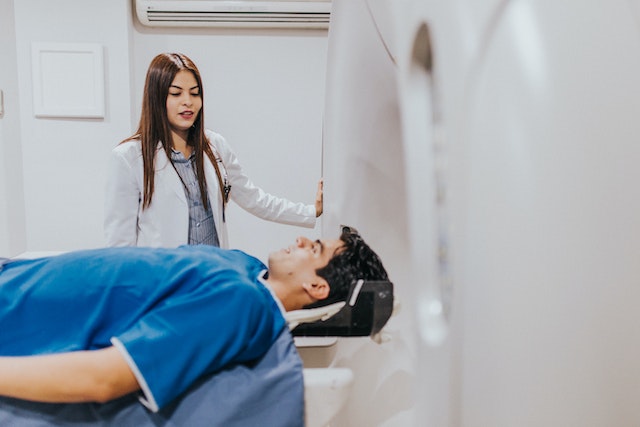




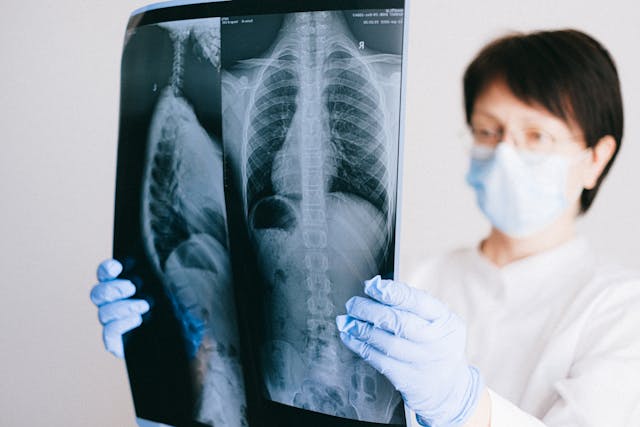
 Sources:
Sources:



